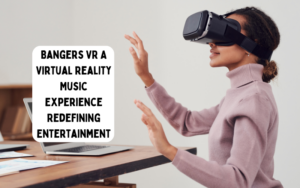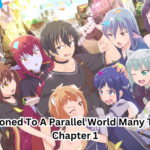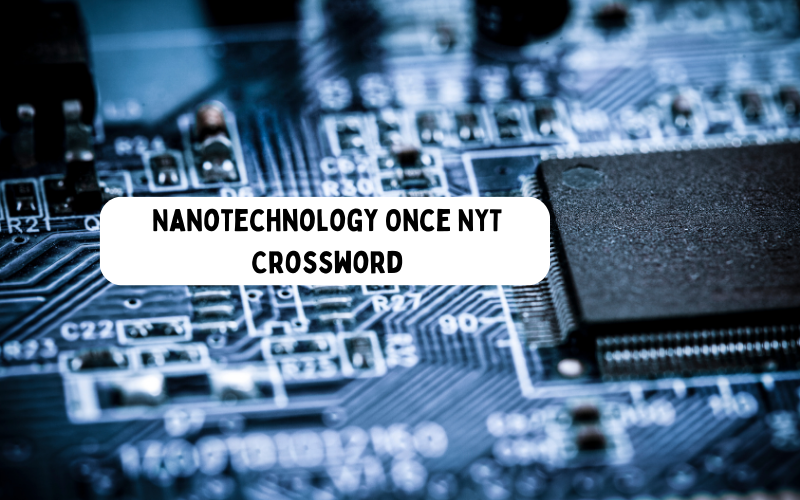
Nanotechnology Once NYT Crossword
The clue “Nanotechnology Once” in NYT Crossword puzzles has a fascinating answer: “FUTURE TECH.” This intriguing term embodies the essence of scientific advancement and innovation.
Nanotechnology, which was once considered a distant dream, has now evolved into a driving force behind cutting-edge research and technology.
Nanotechnology involves the manipulation of matter at the molecular or atomic scale, which opens the door to groundbreaking applications in medicine, electronics, materials science, and various other fields.
The crossword clue challenges solvers to think beyond the present and embrace the concept of “FUTURETECH” as a beacon of human progress.
For crossword enthusiasts, deciphering these intellectually stimulating clues and uncovering hidden connections between words is a cerebral adventure that mirrors the relentless pursuit of knowledge and discovery embodied by nanotechnology itself.
Deceives NYT Crossword
A clue “Deceives” in the New York Times Crossword puzzle may lead to the answer “LIES.”
The crossword clue is designed to be tricky, prompting solvers to think of various synonyms for deceit or dishonesty.
However, with experience, avid crossword enthusiasts quickly recognize the recurring patterns and wordplay used by constructors.
Successfully navigating these clues requires a combination of vocabulary knowledge, pattern recognition, and a keen eye for linguistic subtleties.
Decoding such cleverly crafted clues is a rewarding challenge that keeps crossword aficionados coming back for more, honing their skills with every puzzle solved.
Max. or Min.” in NYT Crossword
As far as NYT Crossword puzzles are concerned, the clue “Max. or Min.” usually leads to the answer “ABBR.”
The abbreviation “abbreviation” stands for a shortened form of a word or phrase. It allows for a more concise representation of the original term.
Constructors often employ this clue to hint at the need for a concise representation of a longer word, name, or concept.
Solvers must be familiar with common abbreviations and shorthand used in various fields, as well as possess a good sense of context to deduce the appropriate answer.
Mastering these types of clues is a key element in becoming proficient at solving NYT Crossword puzzles, where the goal is to efficiently decipher clues and complete the grid with precision.
Trade Barbs” in NYT Crossword
When it comes to NYT Crossword puzzles, the clue “Trade Barbs” frequently points to the answer “SPAR.”
This four-letter word carries a dual meaning, referring both to a form of boxing practice and to engaging in a playful exchange of verbal jabs.
Skilled crossword solvers must be familiar with these wordplay nuances to crack the code behind such clues.
This particular clue often appears as a verb, requiring solvers to identify the appropriate action that fits both the context of the crossword and the number of letters in the answer.
Deciphering these cleverly crafted clues adds an enjoyable challenge to solving NYT Crossword puzzles, as it demands a blend of linguistic expertise and deductive reasoning to arrive at the correct solution.
Group of Stars” in NYT Crossword
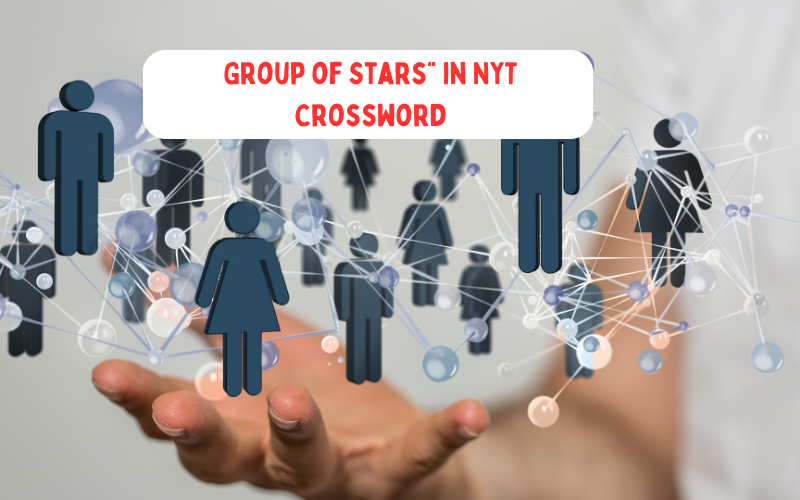
New York Times Crossword puzzles often answer the clue “Group of Stars” with the answer “CLUSTER.”
This term refers to a cluster of stars that appear to be close together in the night sky when observed from Earth.
Clusters can vary in size, ranging from those containing only a few stars to others consisting of hundreds or even thousands of stars.
Skilled solvers recognize the importance of identifying the number of letters required for the answer and the specific context provided by the crossword’s intersecting clues to arrive at the correct solution.
An understanding of astronomy and celestial objects is helpful, as constructors often incorporate scientific terminology to make the crossword more diverse and engaging.
Successfully deciphering these stellar clues is a shining accomplishment for crossword enthusiasts, adding an astronomical sense of satisfaction to their solving experience.
The Origins of the NYT Crossword
A Legacy of Puzzles
The NYT crossword puzzle originated in 1942, created by journalist Arthur Wynne. Since then, it has become an iconic feature of the newspaper, published daily except on Sundays. Solving the NYT crossword has become a treasured tradition for puzzle enthusiasts of all ages.
The Puzzle’s Allure
What makes the NYT crossword so appealing? It’s the perfect blend of mental challenge and linguistic exploration. Solvers engage their minds, expanding their vocabulary and honing their problem-solving skills as they strive to complete each intricate grid.
Nanotechnology Unveiling the Minuscule
Defining Nanotechnology
Nanotechnology involves the manipulation and control of matter at the nanoscale, which is incredibly small—measuring between one and 100 nanometers. Scientists delve into this microscopic world to explore the unique properties and possibilities it holds.
A Visionary Concept
The idea of nanotechnology was first introduced by physicist Richard Feynman in 1959. He envisioned a future where we could manipulate individual atoms and molecules to create revolutionary advancements. Today, nanotechnology has evolved from theory to reality.
Nanotechnology Meets Crossword Construction
Behind the Grid
Crossword construction is a complex process that involves carefully crafting clues, themes, and an interconnected grid. Constructors strive for symmetry, creativity, and an enjoyable solving experience.
Common Threads
Surprisingly, nanotechnology and crossword construction share similarities. Both require meticulous attention to detail and innovative thinking. The precise arrangement of nanoscale structures mirrors the balanced layout of crossword grids.
Nanobots: The Puzzle Solvers of Tomorrow?
Exploring Nanobots
Nanobots are tiny machines designed to operate at the nanoscale. These microbots have the potential to revolutionize various fields, from medicine to manufacturing, with their precise and targeted actions.
Nanobots and Crosswords: Science Fiction or Reality?
Although it remains speculative, one can imagine a future where nanobots assist in crossword solving. These microscopic helpers could navigate the grid, providing instant solutions or assisting human solvers in completing challenging puzzles.
Nanotechnology and the Future of Crossword Puzzles
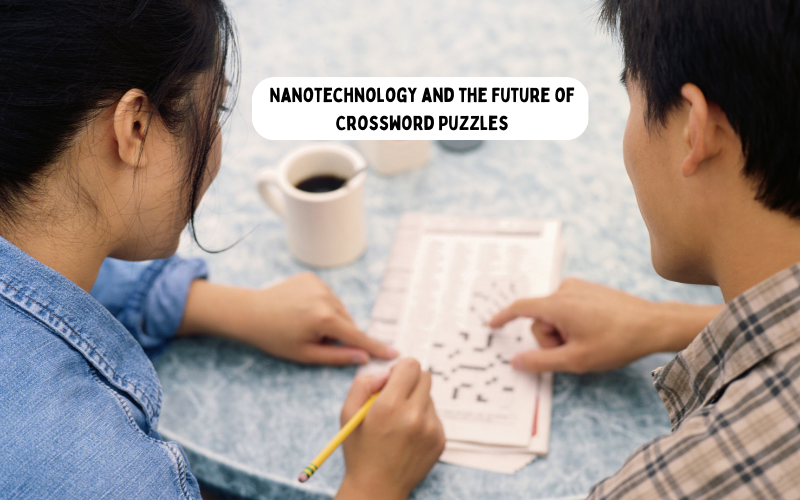
Enhanced Puzzle Experiences
Nanotechnology could enhance the crossword-solving experience in numerous ways. Interactive puzzle books that respond to touch or adapt difficulty levels based on the solver’s skill level could become a reality.
Sustainable Solutions
With environmental concerns in mind, nanotechnology offers potential solutions for sustainable crossword puzzle books. Nanopaper, a sustainable material, could replace traditional paper, reducing the environmental impact of publishing puzzles.
Conclusion
The once NYT crossword has fascinated and challenged puzzle enthusiasts for generations. As we peer into the world of nanotechnology.
We discover intriguing connections between the minuscule realm and the art of constructing crosswords.
While we may only imagine nanobots solving puzzles for us in the future, the possibilities are endless.
Nanotechnology has the potential to transform the crossword-solving experience, adding new dimensions and sustainability to this beloved pastime.
FAQs
Can nanotechnology currently solve crossword puzzles?
No, nanotechnology cannot solve crossword puzzles on its own. The human touch and creativity in constructing and solving puzzles remain essential.
What are some real-world applications of nanobots?
Nanobots have potential applications in medicine, manufacturing, and environmental monitoring, among other fields.
How can nanotechnology enhance crossword puzzle books?
Nanotechnology could introduce interactive features and adaptivity to puzzle books, offering solvers a more engaging and tailored experience.
Will the traditional paper be entirely replaced by nanotechnology in puzzle books?
While it is a possibility, factors such as cost, scalability, and environmental considerations would influence the widespread adoption of nano paper in puzzle books.
Where can I find more information about nanotechnology and crosswords?
For more information, please visit the provided link: “Get Access Now:


